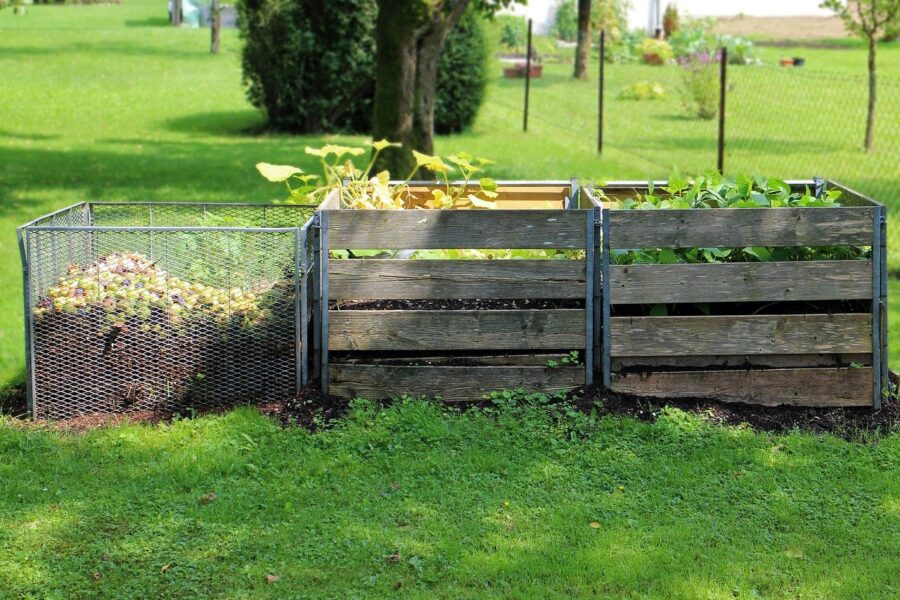As we know Earth Day became official in 1970. The intent was to give a voice to an emerging public consciousness about the state of our planet – raising awareness and advocacy to address environmental injustices – air pollution, climate change, polluting factories, toxic spills, the extinction of wildlife and more. As we know, people have cared for and tended the earth long before 1970, and yet, environmental injustices were prevailing then and even, more sadly, prevailing now.
An Inclusive Earth Day
I invite you to view Earth Day through a ‘diversity and equity lens’. I’ve heard it said that the BIPOC (Black, Indigenous, People of Color) community must get involved in the environmental advocacy fight. We must acknowledge that BIPOC advocates were and are engaged in efforts to save lives, land and resources. Delores Huerta and Cesar Chavez, activists, created the United Farmworkers organizing farmworkers for safe working conditions and fair pay, agricultural labor rights, and were instrumental in the banning of many harmful pesticides, like DDT; Hazel Johnson founder of the People for Community Recovery in Chicago brought about environmental awareness and encouraged innovative solutions to becoming a more sustainable society; and, Dr. Robert Bullard, the father of environmental justice and an renowned environmental sociologist, who documented the systematic placing of garbage dumps in predominantly Black neighborhoods. Advocacy efforts such as these continue to be essential to understanding justice for people and the environment as simultaneous and interconnected work.
We all will agree that where you live, your income, race or language ability should not determine how healthy and safe you are. However, tragically, communities health and well-being varies significantly according to who you are and where you live. Many BIPOC in the state of Washington, where I live, and, across the nation, are suffering from air and traffic pollution, toxic runoff resulting in contaminated sediments in yards, rivers and waterways which impact health, marine life and places to recreate.
Moving Beyond Just Talking About Change
There are several examples that move us from just focusing on a one day clean up of a neighborhood or planting trees – which are all lovely and needed acts – however, to actually make things better we have to change our process of addressing environmental injustices – we must consider who is most impacted, identify community needs and environmental justice in strategic planning, goals and metric setting, program implementation, monitoring and reporting. One example, in the state of Washington there is a Senate Bill – the HEAL Act (Healthy Environment for All Act) that is before the legislators now. The bill proposes:
- direct funding with environmental benefits toward investment in and determined by communities highly impacted by pollution or climate impacts
- ensure Tribal sovereignty and rights in environmental justice
- equitable community participation in planning, resource allocation, programs and enforcements
- and, the creation of an environmental justice council that will support integrating EJ into state government and report progress to the Governor
Another example is to amplify the voices of youth leaders who are moved to action:
Leilani Gutierrez, Climate Justice Youth Intern with the Duwamish River Clean Up Coalition – Where youth can become part of the change needed for their communities, building connections with people who will be there if they are needed and learn to make better choices, help advocate from their communities and themselves. (DRCC (duwamishcleanup.org)Isra Hirsi (16), daughter of US Representative Ilhan Omar, is the co-founder of the US Youth Climate Strike and Feliquan Charlemagne (17), the National Creative Director and Florida State Lead for US Youth Climate Strike. Their focus is highlighting how the climate crisis disproportionately impacts the world’s most marginalized communities by moving the conversation about environmental devastation towards racial justice. (19 Youth Climate Activists of Color Who Are Fighting To Protect The Earth (wearyourvoicemag.com)





